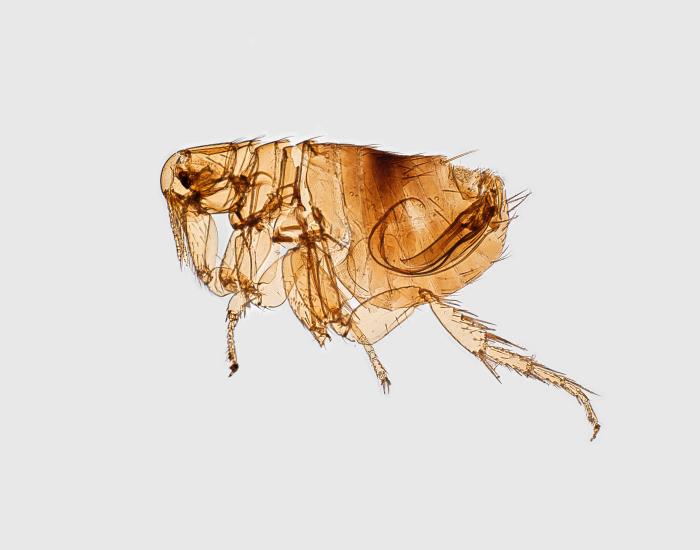Plague is endemic in Madagascar and a seasonal upsurge, predominantly of the bubonic form, usually occurs yearly between September and April.

According to the general secretary of the Madagascar Ministry of Health, between 300 and 600 suspected cases are reported each year, with about 30 cases of pulmonary plague and 10 to 70 deaths.
Since Aug. 2018, Madagascar health officials have reported 105 human plague cases. Ninety-one cases were identified as bubonic plague, while 14 were pneumonic plague.
Of the bubonic plagues cases reported to date, 19 people have died, Twelve of the fourteen pneumonoc plague cases also perished.
Madagascar plague outbreak tops 2,000 cases: WHO
The districts include confirmed cases of plague: Manandriana, Tsiroanomandidy, Ambositra, Midongy Atsimo, Ambalavao, Befotaka, Ambatofinandrahana, Miarinarivo, Anjozorobe, Faratsiho, Fianarantsoa, Moramanga, Ankazobe, Arivonimamo, Betafo and Mandoto.
Big Savings on skip the line tours at the Vatican
LISTEN:
- Plague: Transmission, pathology, diagnosis and treatment
- Plague: The pandemics and more recent history
Plague is an infectious disease caused by the bacterium, Yersinia pestis. It is found inanimals throughout the world, most commonly rats but other rodents like ground squirrels, prairie dogs, chipmunks, rabbits and voles. Fleas typically serve as the vector of plague. Human cases have been linked to the domestic cats and dogs that brought infected fleas into the house.
Measles epidemic: 80,000 cases, nearly 1,000 deaths in Madagascar
People can also get infected through direct contact with an infected animal, through inhalation and in the case of pneumonic plague, person to person.
Related: Congo, Madagascar top countries reporting most plague 2000-2009, US reports 57 cases
Yersinia pestis is treatable with antibiotics if started early enough.
There are three forms of human plague; bubonic, septicemic and pneumonic.


i hate this i will give you a 1 millions dollars for this to end